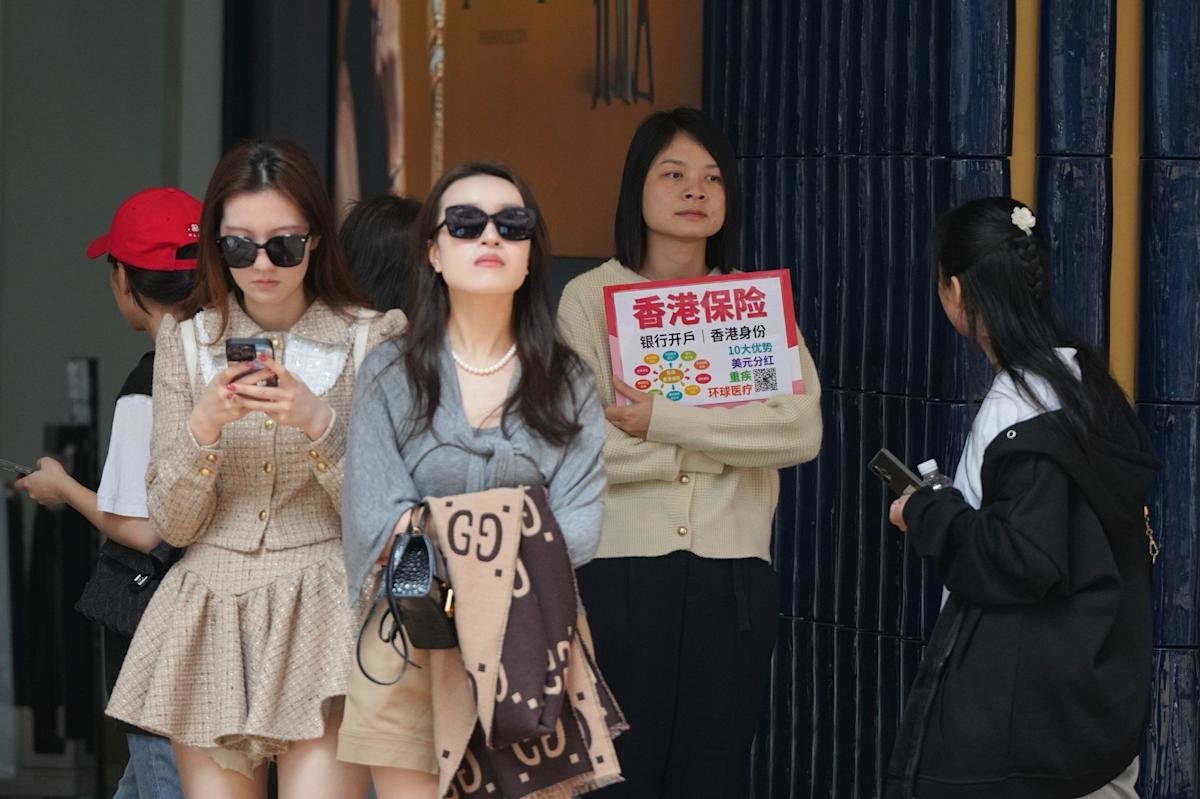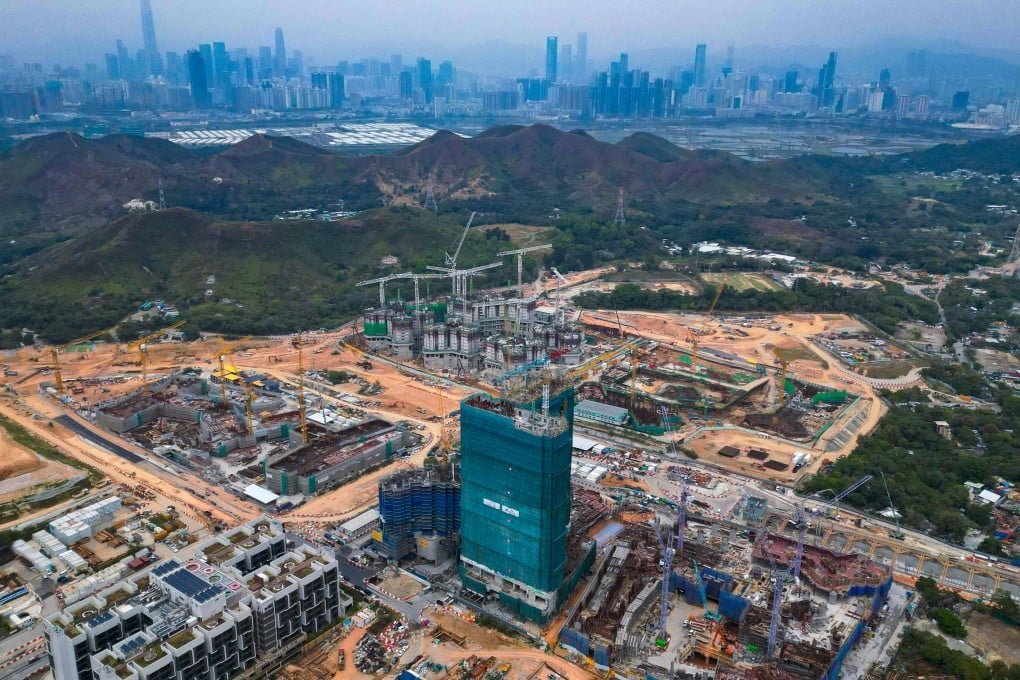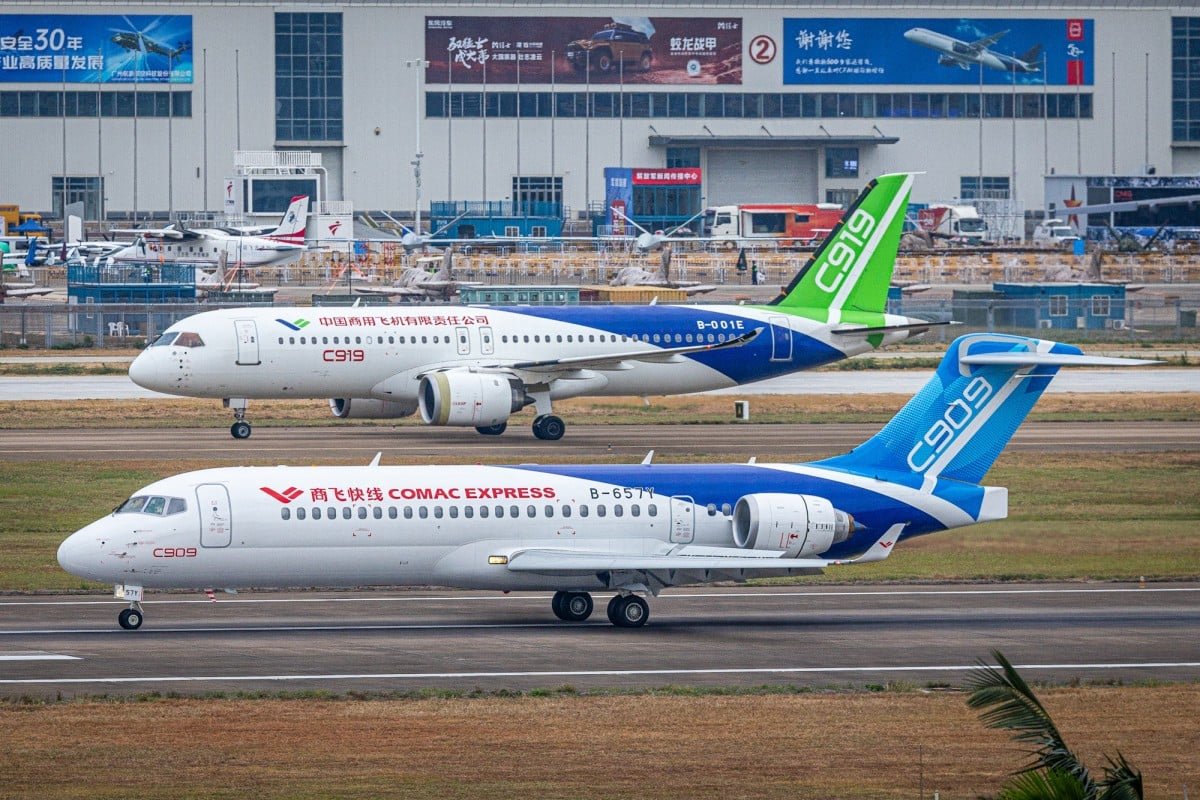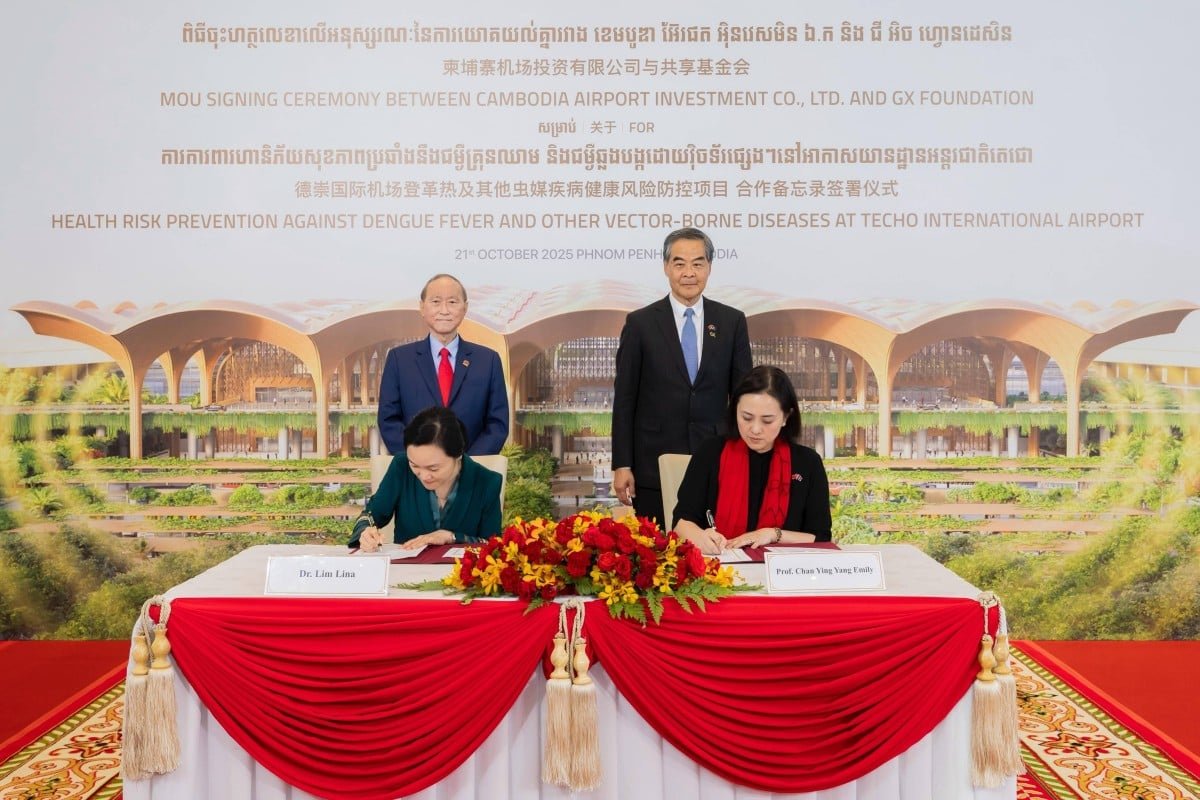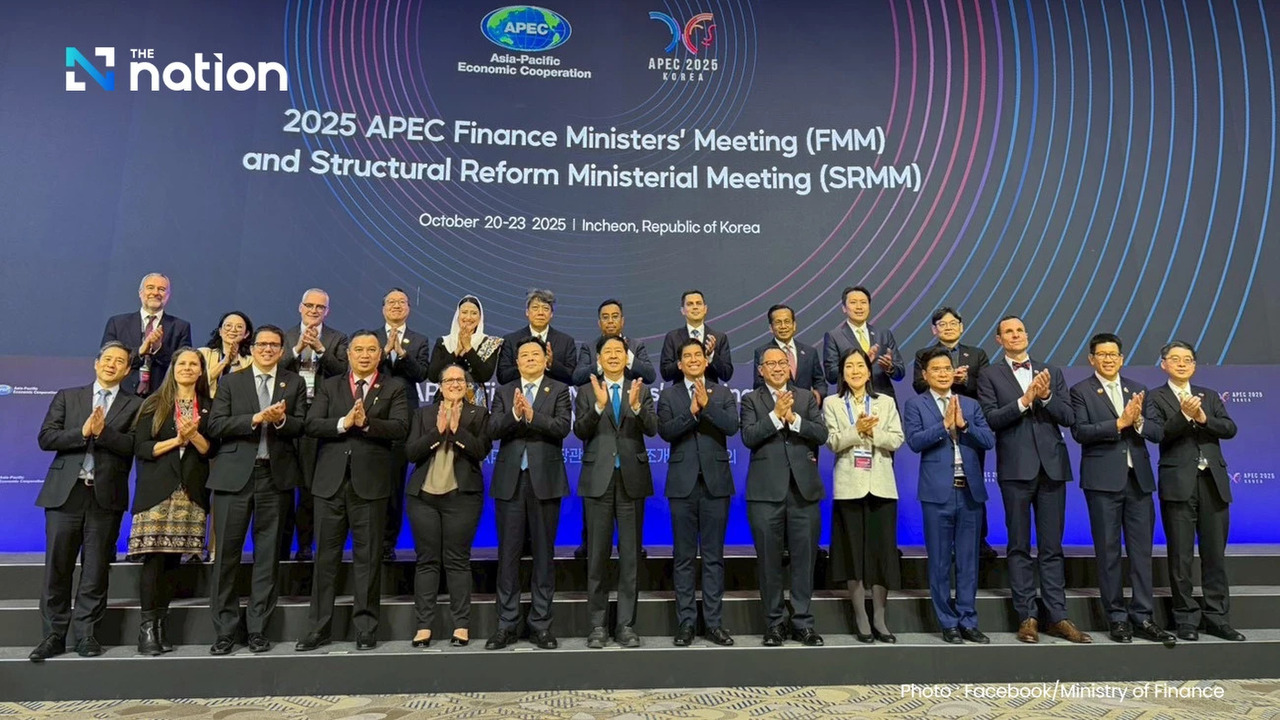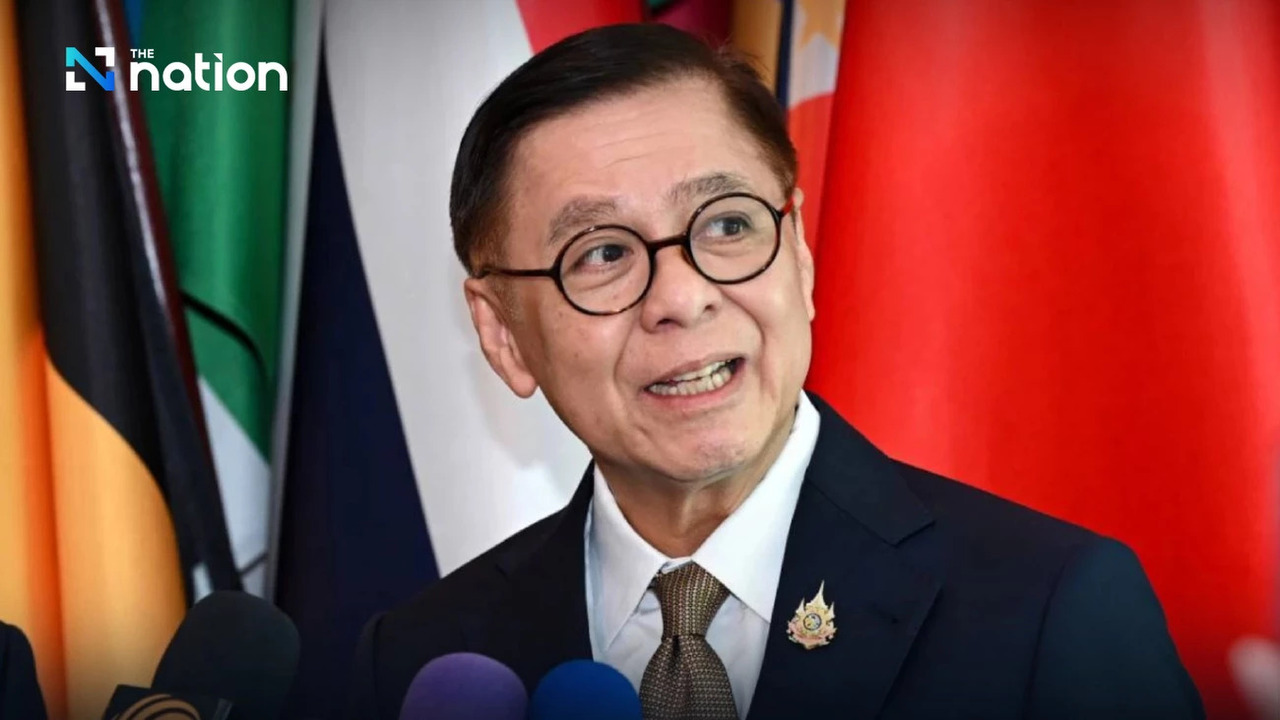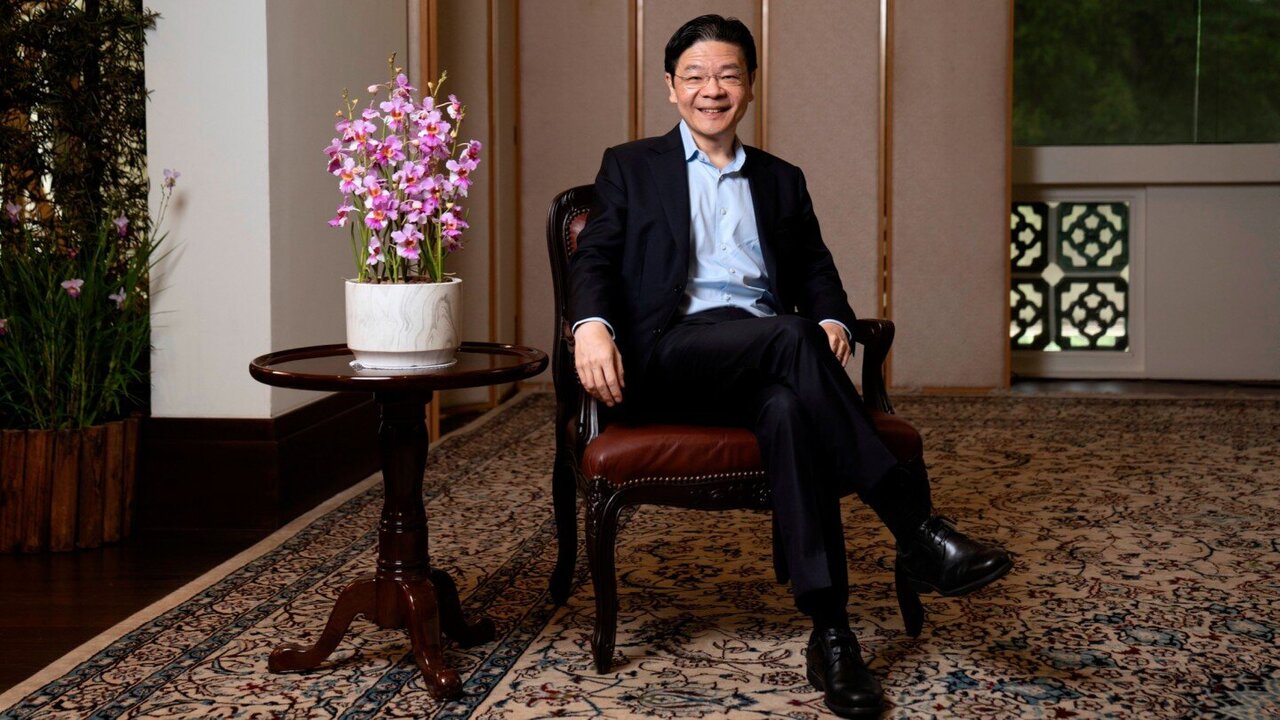At the 11th Global Blockchain Summit in Shanghai, participants emphasised that aligning regulatory standards and innovation strategies would allow both jurisdictions to more effectively develop crypto ecosystems.
Hong Kong has emerged as a key player in the crypto space following the passage of its Stablecoin Ordinance in August 2023, and the region has since built out regimes for virtual-asset trading platforms and fiat-referenced tokens.
Mainland China, despite its domestic ban on most cryptocurrency trading since 2021, has shown interest in engaging with Hong Kong’s framework—particularly through efforts to launch offshore renminbi-pegged stablecoins and to tap Hong Kong’s regulatory gateway.
At the summit, Wanxiang Blockchain and HashKey Group chairman Xiao Feng argued for the development of common standards and regulatory collaboration to keep pace with rapid blockchain evolution.
Representatives from Hong Kong’s Cyberport called for stronger ties with mainland stakeholders, noting that greater coordination would support both talent flows and cross-border issuance.
Analysts suggest that such cooperation could assist China in advancing its digital-renminbi ambitions and international-payment innovation, while providing Hong Kong with a unique role as an offshore bridge for digital-asset services.
However, recent developments underline caution: major Chinese tech firms paused their plans to issue stablecoins in Hong Kong after direct intervention by mainland regulators, underscoring the need for careful alignment of regulatory intent and market expansion.
While Hong Kong continues to expand its digital-assets regulatory regime—issuing licences for virtual-asset trading platforms and preparing for a managed rollout of stable-coin issuance—the success of cooperation depends on how mainland authorities engage with offshore frameworks and how cross-jurisdictional licensing, compliance and capital-flow controls are handled.
Experts say that a structured partnership could reinforce Hong Kong’s fintech positioning and deepen China’s digital-asset integration globally.


